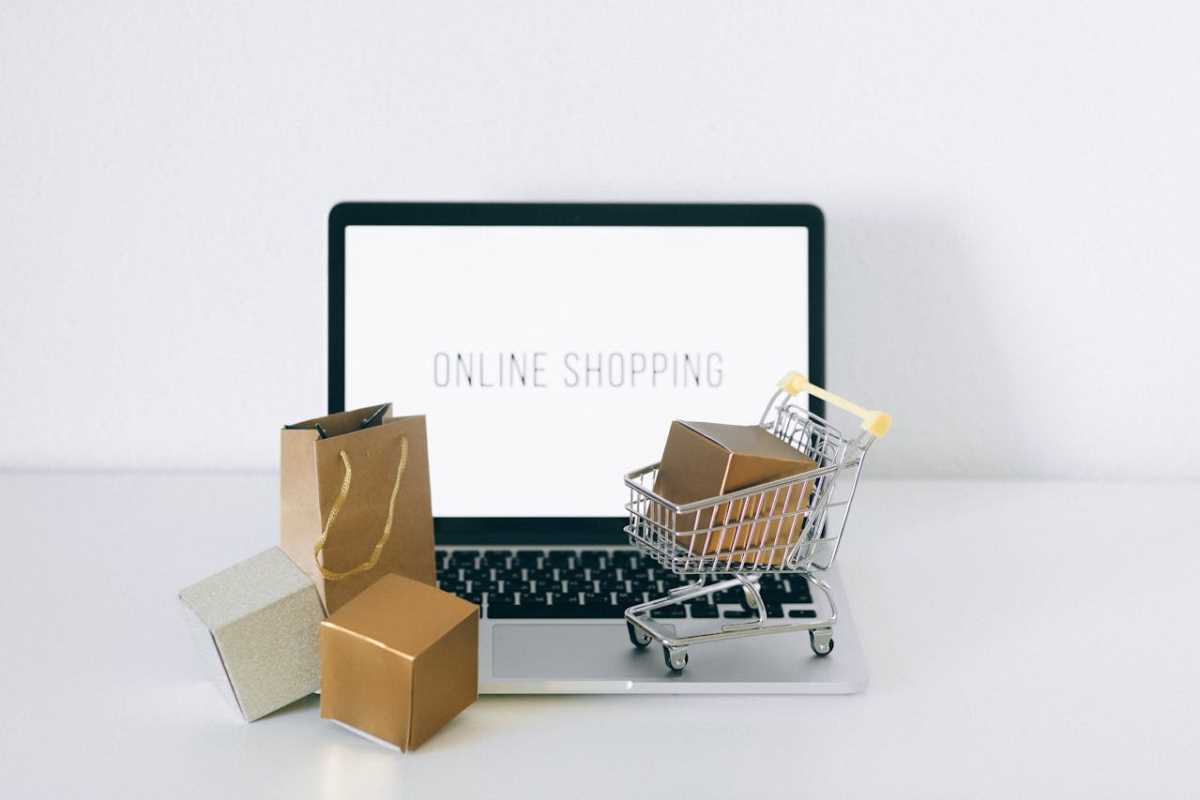Customers demand personalization. Generic marketing messages no longer cut it. The solution lies in zero-party data—information that customers willingly and proactively share with a brand. This data provides direct insight into their preferences, needs, and intentions, allowing businesses to move beyond guesswork and build truly smart segmentation strategies that drive results.
The Data Revolution: From Third-Party to Zero-Party
For years, marketers relied on third-party data, collected from various sources without direct customer consent. This world is crumbling. Privacy regulations like GDPR and the phase-out of third-party cookies by major tech players signal a massive shift. Brands can no longer depend on tracking users across the web.
This change forces a move toward more transparent data collection.
- First-party data: Information you collect directly from your audience, like purchase history or website behavior. It's useful but often lacks context.
- Zero-party data: Data a customer intentionally shares. This includes quiz results, survey responses, and preference center selections. It is the gold standard for understanding customer intent.
Zero-party data is powerful because it is explicit and given with consent. It is not inferred; it is stated directly by the customer. This foundation of trust creates a better customer experience and delivers a significant competitive advantage.
Why Zero-Party Data Is a Game-Changer
Adopting a zero-party data strategy is more than just a compliance move. It unlocks deep insights that fuel hyper-personalization and stronger customer relationships. Businesses that use it see tangible benefits.
Unlocks True Personalization
Imagine knowing exactly what a customer is looking for. Zero-party data provides this clarity. A skincare brand can ask customers about their skin type and concerns. An e-commerce store can ask about style preferences. This information allows you to tailor product recommendations, email content, and website experiences with incredible accuracy. A study found 71% of consumers expect companies to deliver personalized interactions.
Builds Customer Trust
In an era of data breaches and privacy concerns, transparency wins. By asking for information directly, you show customers you respect their privacy. You are not tracking them in the shadows. This transparent exchange builds trust, which is the foundation of long-term loyalty. When customers feel in control of their data, they are more willing to share it.
Improves Marketing ROI
When you market to people based on their stated needs, your campaigns become far more efficient. You waste less money on ads that miss the mark. Instead, you deliver relevant offers to segments of people who have already told you what they want. This leads to higher conversion rates, increased customer lifetime value, and a better return on your marketing spend.
How to Collect Zero-Party Data
The key to collecting zero-party data is to provide a clear value exchange. Customers will share information if they get something valuable in return. This value can come in many forms.
1. Interactive Quizzes
Quizzes are an engaging way to gather data while providing immediate value. They can help users find the right product, discover their style, or get a personalized recommendation.
- Example: A coffee subscription service could use a quiz titled "What's Your Perfect Coffee Match?" It might ask about flavor preferences (bold vs. mild), brewing method (drip vs. espresso), and caffeine preference.
- Value Exchange: The customer gets a personalized coffee recommendation, and the brand gets detailed preference data to use for targeted marketing.
2. Surveys and Polls
Surveys and polls are a direct way to ask for feedback and preferences. Keep them short and focused to maximize completion rates.
- Example: An online retailer could run a poll on its homepage asking, "What product collection are you most excited about for spring?"
- Value Exchange: Customers feel heard and get to influence the brand's direction. The brand gets real-time insight into product demand.
3. On-Site and In-App Interactions
Build data collection opportunities directly into your digital experience.
- Example: A SaaS company’s onboarding process could ask new users about their role, team size, and primary goal for using the software. This information can then be used to customize the user's dashboard and in-app guidance.
- Value Exchange: The user gets a more relevant and helpful product experience from day one.
4. Preference Centers
A preference center is a section of a user's account where they can control the type and frequency of communications they receive. This is a powerful tool for both compliance and data collection.
- Example: An apparel brand's preference center could allow users to select their interests (e.g., "Men's Activewear," "Women's Formal," "Kids' Shoes") and how often they want to receive emails.
- Value Exchange: The customer gains control over their inbox and receives more relevant content. The brand reduces unsubscribes and gathers clear segmentation data.
Turning Data into Smart Segments
Once you have collected zero-party data, the next step is to use it to create meaningful customer segments. These segments allow you to move beyond basic demographic targeting and speak to customers based on their specific needs and motivations.
Segmentation by Interest or Preference
This is the most straightforward application. Group customers based on the interests they have explicitly shared.
- Segment: Customers who indicated a preference for "vegan" products.
- Action: Send them an email campaign featuring your new vegan product line. Exclude them from promotions on non-vegan items.
Segmentation by Goal or Pain Point
Group customers based on the problem they are trying to solve or the goal they want to achieve.
- Segment: Users of a fitness app whose stated goal is "weight loss."
- Action: Create a personalized in-app journey that highlights calorie-tracking features and high-intensity workout plans.
Segmentation by Purchase Intent
Identify customers who are actively looking to make a purchase.
- Segment: Website visitors who completed a quiz to find "the best running shoes for marathon training."
- Action: Target them with ads showcasing your top-rated marathon shoes and customer testimonials. You can also send them a follow-up email with a guide on "How to Choose Your First Marathon Shoe."
The Path Forward Is Clear
The future of marketing is built on trust and transparency. Zero-party data provides the framework for this new reality. By asking customers for information directly and using it to create genuinely valuable experiences, you can build smarter segmentation strategies that not only drive growth but also foster lasting customer loyalty. Start the conversation with your customers. The insights you gain will transform your business.
.jpg) (Image via
(Image via





